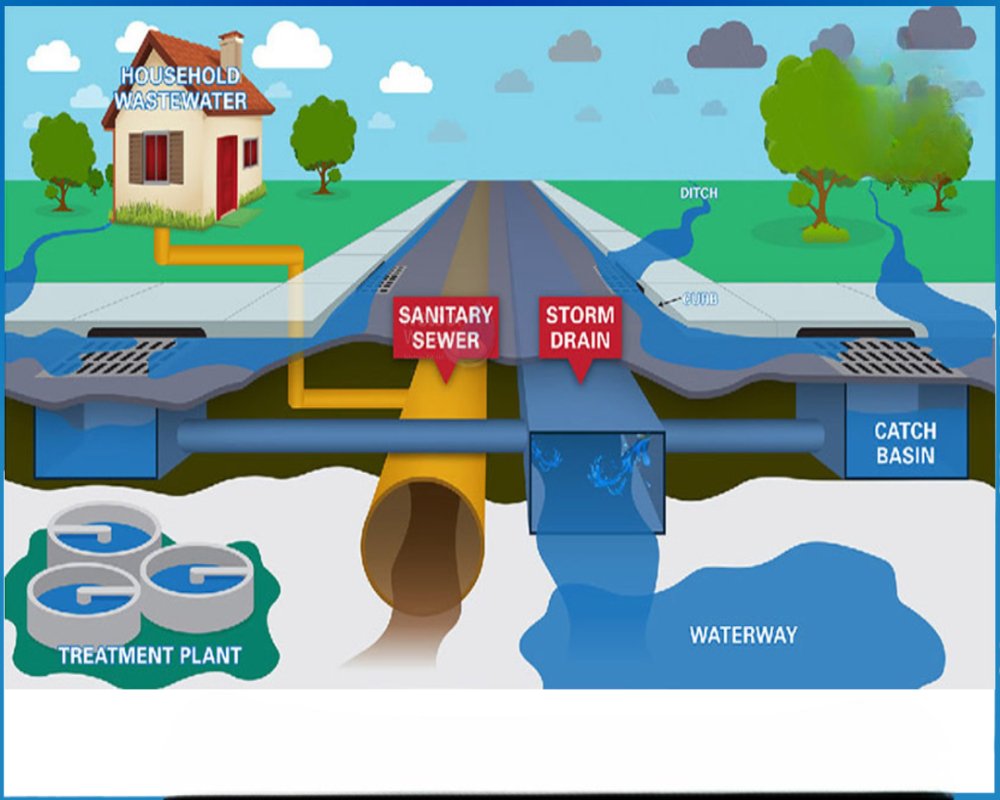Sewerage and drainage access are now being formally factored into the valuation of urban commercial land, as authorities move toward a more comprehensive and realistic framework for setting guidance values. Recognizing that efficient waste management and effective drainage systems are essential for sustainable commercial operations, valuation bodies are adjusting land values based on the availability and quality of these critical infrastructure elements. Commercial plots with well-established sewerage and drainage connectivity are commanding higher guidance rates, reflecting their readiness for immediate development and reduced risk of environmental or regulatory complications.
In contrast, plots lacking proper sewerage access or situated in areas prone to waterlogging or drainage issues are being assigned more conservative valuations. Poor drainage not only increases the cost and complexity of development but can also lead to operational disruptions, damage to property, and lower tenant retention rates, all of which diminish the long-term investment appeal of a site. By incorporating these infrastructure factors into guidance assessments, authorities aim to create a more transparent and market-aligned valuation system that encourages development in areas with adequate urban support systems.
For developers, investors, and businesses, the formal inclusion of sewerage and drainage access in land valuation serves as a critical reminder to prioritize infrastructure readiness when making site selection decisions. It also underscores the increasing alignment of urban development goals with environmental sustainability and public health standards. Over time, this shift is expected to promote more resilient commercial growth, incentivize infrastructure improvements in emerging areas, and contribute to the creation of more livable, functional, and future-proof urban environments.


